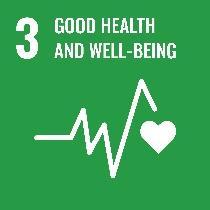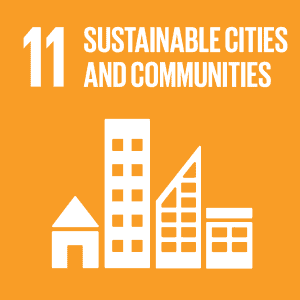Project Profile
Project Location
Lake County, OhioProject Operator
Western Reserve Land ConservancyProject Type
PreservationProject Credits
37,173Credit Availability
AvailableProject Contact
Sarah Blakely, Grants Manager, sblakely@wrlandconservancy.orgWestern Reserve Land Conservancy, a nationally accredited land trust, partnered with landowner, Lake Metroparks, to preserve in perpetuity 222.8 acres of the Hemlock Ridge Forest. This area is part of a 338-acre property in Concord and Leroy Townships, Lake County, Ohio. This project is part of a larger preservation effort to benefit wildlife habitat, water quality, green space access and connection, and provide carbon sequestration.
The Hemlock Ridge Forest is located along a major interstate and provides a critical buffer for over a mile of a state designated Wild River. The forest stands range from early to mid-successional and are dominated by a variety of maples and oaks supplemented by black cherry, American beech, eastern hemlock, shagbark hickory, and white pine. With frontage along a mile of the State Scenic Grand River, this tract of land is strategically located to protect high-quality, regionally significant resources and connect more than 4,500 acres of other parks and preserved lands.
The preserved forest habitat is critical to the health of the 15 identified headwater tributaries that flow through the property. The project’s high-quality habitat and location have resulted in its identification in several regional plans as an important piece of land to protect the water quality of the Grand River. The forest will be managed as a passive-use park and be open to the public only a few miles from the City of Painesville, Ohio. The project will also provide access to a currently inaccessible 280-acre property also owned and managed by Lake Metroparks, and it will connect 1,388 contiguous protected acres along the Grand River. This is a unique chance to fill in a gap in public, preserved areas. Visitors will be able to fish, hike, and paddle a large block of forested parkland.
Please visit the Bainbridge Forest, Sandy Cross, Whittlesey Beach, Black Fork Forest and Shelter Hill pages for information on other Western Reserve Land Conservancy projects.
Co-Benefits
Forest preservation projects not only reduce carbon dioxide from the atmosphere, but provide ecosystem services or co-benefits that can be quantified. The co-benefits from this project represent a savings (avoided costs) of $488,320 per year, and $19,532,788 over 40 years.
- Rain interception (stormwater management) – 109,630 m3/year, $231,715 per year
- Air quality – 7.6014 t/yr, $18,755 per year
- Energy – cooling (electricity) – 331,252 kWh/year, $46,408 per year
- Energy – heating (natural gas) – 13,687,740 kBtu/year, $191,441 per year
Social Impacts
The 17 United Nations Sustainable Development Goals (SDGs) are an urgent call for action and global partnership among all countries, representing key benchmarks for creating a better world and environment for everyone. Well-designed and managed urban forests make significant contributions to the environmental sustainability, economic viability and livability of cities.
The main SDGs for this project are described below, with more detailed information in the Project Design Document.

This forest will continue to screen pollutants from the nearby, highly-trafficked interstate. It will also reduce stormwater runoff and protect the water resources from pollutants.

The forest will provide increased access for outdoor recreation, and access to adjacent park properties that are not currently accessible. Protecting the forest will reduce pollutants that reach the river, buffer noise pollution, and provide shade.
![]() This project provides a buffer between an interstate and a high-quality tributary of Lake Erie. The slopes on the property will be protected from erosion, enhancing the river’s water quality. Additionally, this stretch of the river contains endangered mussel species, and protecting the habitat buffering the river will provide vital habitat.
This project provides a buffer between an interstate and a high-quality tributary of Lake Erie. The slopes on the property will be protected from erosion, enhancing the river’s water quality. Additionally, this stretch of the river contains endangered mussel species, and protecting the habitat buffering the river will provide vital habitat.
Total Credits Issued: 19,280
- 2024: 9,640 credits issued
- 2025: 9,640 credits issued
Total Credits Sold: 0
Total Credits Retired: 0
Total Credits Cancelled: 0
Total Credits Available for Purchase: 19,280
Registration Documents
Verification Documents
Explore More Carbon Projects
Richland County, OH
Western Reserve Land Conservancy Carbon Program - Black Fork Forest
Protecting forests for wildlife and ecosystem health
Woodstock, IL
Camp Lakota Woodland
Chicago Region Carbon Program – 2023 Cohort
Hunting Valley, OH
Shelter Hill Forest
Forests for community health and clean water
